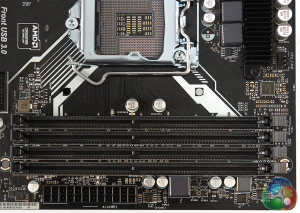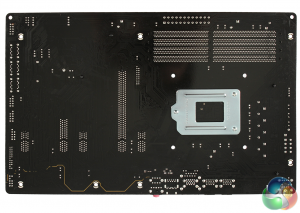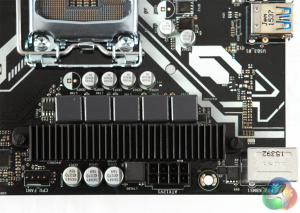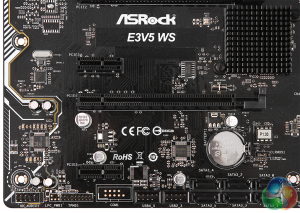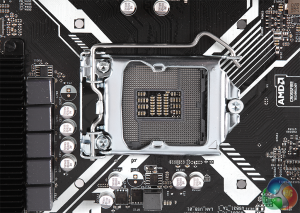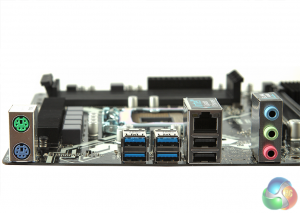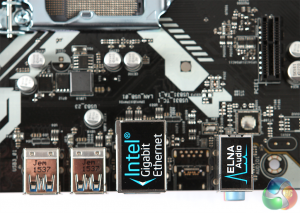This is a pretty standard ATX motherboard, albeit a thin one that will fit into smaller midi-tower workstations.
The LGA1151 socket has four DIMM slots to one side, which collectively support up to 64GB of DDR4 SDRAM. You can populate these two at a time, as the processors supported by this motherboard will only offer a dual-channel memory controller.
ECC memory is supported with all but Core i5 and i7 processors. The socket itself is aimed at CPUs from Intel's Skylake microarchitecture, which includes the sixth-generation Core i7, i5, i3, Pentium and Celeron, as well as the Xeon E3-1200 v5 series. This means your top options are quad-core only, but with nominal clock speeds up to 4GHz.
The small motherboard doesn’t provide a large amount of space for add-ons, but there are still five PCI Express slots. Two are 16x-sized, and three 1x-sized. Only one of the 16x slots is 16-lane, however, with the other only offering four lanes. These will support AMD CrossFireX, but NVIDIA SLI is not listed.
Probably more significant for workstations users, though, will be the ability to use the four-lane x16 slot for a PCI Express NVMe solid state disk, because one important feature lacking from the E3V5 WS is a M.2 slot, so a full PCI Express-based unit will be your only option if you want the fastest main storage currently available.
If you don’t have a PCI Express SSD, there are six SATA3 6Gbits/sec ports available, which the Intel chipset can combine into various RAID arrays, including level 0, 1, 5 and 10. However, there’s no SATA Express option.
There's a header for another pair of USB 3.0 ports just beneath the processor socket. At the bottom, there are a couple more headers for two pairs of USB 2.0 ports.
At the bottom left corner is the front panel audio connector, plus a Trusted Platform Module connector, as a TPM chip isn't built in.
The backplane sports two PS/2 ports for legacy keyboard and mouse, four USB 3.0 ports, and two USB 2.0 with a Gigabit Ethernet port above them. The latter uses Intel's I219LM chipset, which ASRock claims is server grade.
However, there are only three audio minijacks, so if you want a full 5.1 setup you will need to use the headers and front audio ports to supply the necessary outputs, and there's no S/PDIF available at all.
Also missing is USB 3.1 in any form, and graphics output, so you won't be able to use a CPU's integrated GPU even if it's available.
 KitGuru KitGuru.net – Tech News | Hardware News | Hardware Reviews | IOS | Mobile | Gaming | Graphics Cards
KitGuru KitGuru.net – Tech News | Hardware News | Hardware Reviews | IOS | Mobile | Gaming | Graphics Cards


